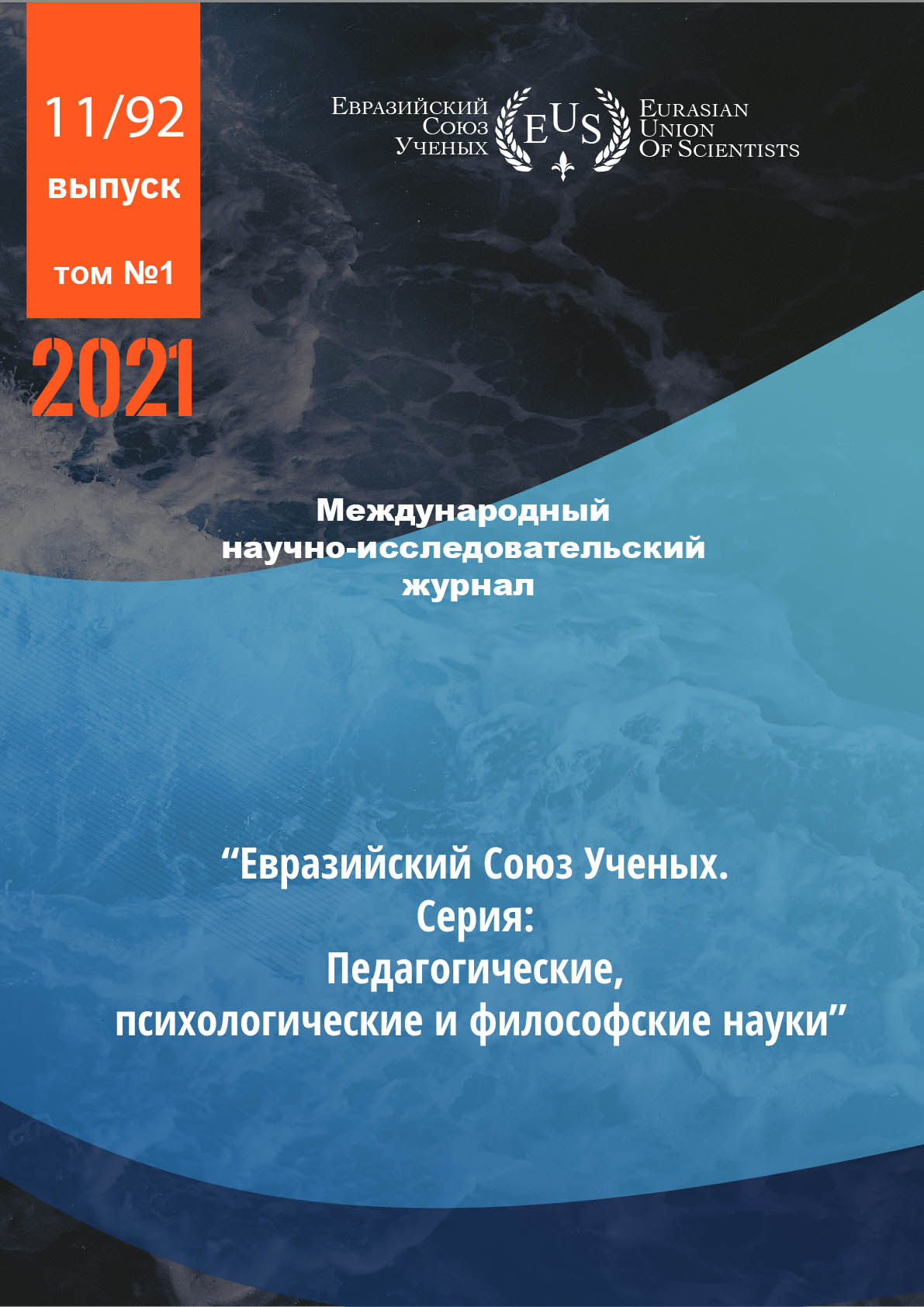METHODS OF TEACHING STUDENTS THE TECHNIQUES OF CORRECTION OF SOUND REPRODUCTION IN DYSLALIA.
Abstract
This article is devoted to how to help students on the basis of active independent work and in the course of educational activities to systematize, clarify and expand their knowledge of speech therapy, to acquire practical skills of working with children, to learn the techniques of correcting the sound pronunciation of children with dyslalia. The work begins with a psychological and pedagogical examination of the child, and it also determines the choice of methods and means both before the start of work and in the future, helps to evaluate the results and make appropriate recommendations after the end of work. The main task of correctional work to eliminate violations of sound pronunciation in children with dyslalia is systematic classes, which are conducted in stages with a speech therapist.
References
Zhukova N.S. i dr. Logopediya. Preodolenie obshego nedorazvitiya rechi u doshkolnikov. – Ekaterinburg, 1998.
Seliverstova V. I. Ponyatijnoterminologicheskij slovar logopeda. — Moskva: Gumanitarnyj izdatelskij centr Vlados, 1997.
Pravdina O. V. Logopediya. — Moskva: Prosveshenie, 1973.
Filicheva T.B., Tumanova T.V. Formirovanie zvukoproiznosheniya u doshkolnikov. – Moskva, 1993.
Lysenko E.M. Genezis professionalnyh deformacij u logopedov i ih profilaktika. Psihologo-pedagogicheskij aspekt. / E.M.Lysenko. // Prakticheskaya psihologiya i logopediya. -2005-№1.
Ozhegov S.I., Shvedov N.Yu. Tolkovyj slovar russkogo yazyka: 80000 slov i frazeologicheskih vyrazhenij. / Rossijskaya A.N.; Rossijskij fond kultury. – 3-e izd., stereotipnoe. – Moskva, 1996.
Trajnev V.A. Delovye igry v uchebnom processe: Metodicheskie razrabotki i praktika provedeniya. 2-e izd. - M.: "Dashkov i K": MAN IPT, 2005. - 360 s.
Sovremennyj obrazovatelnyj process: osnovnye ponyatiya i terminy. - M.: Kompaniya Sputnik+. M.Yu. Oleshkov, V.M. Uvarov. 2006.
Baranov S.P. Sushnost processa obucheniya. M.: Prosveshenie,1981.-143.
Grinshpun B.M. Dislaliya. Hrestomatiya po logopedii. M.,1997.
CC BY-ND
A work licensed in this way allows the following:
1. The freedom to use and perform the work: The licensee must be allowed to make any use, private or public, of the work.
2. The freedom to study the work and apply the information: The licensee must be allowed to examine the work and to use the knowledge gained from the work in any way. The license may not, for example, restrict "reverse engineering."
2. The freedom to redistribute copies: Copies may be sold, swapped or given away for free, in the same form as the original.





